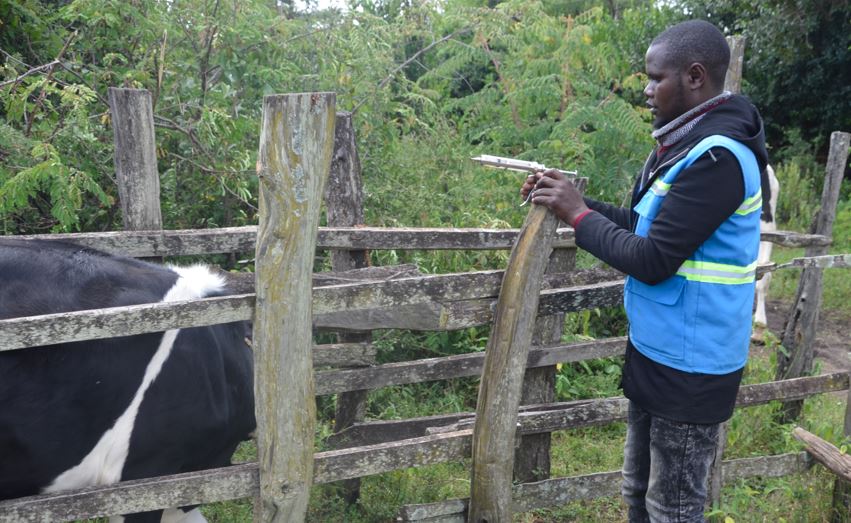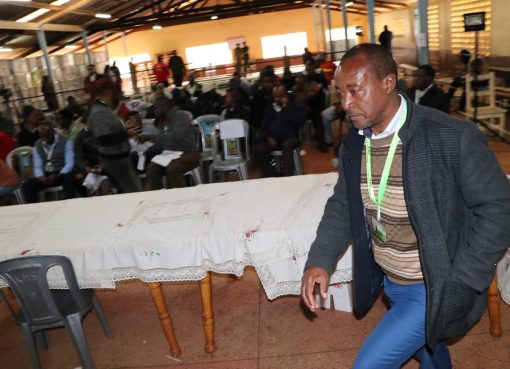Residents of Ilmotiok ward in Narok West Sub County have a reason to smile after the county government, in collaboration with the Kenya Red Cross Society (KRCS), vaccinated hundreds of livestock against anthrax disease at a subsidized price.
Unlike in the past, where farmers paid Sh100 for the vaccine, now it has been subsidized to Sh40 so that more farmers can afford it.
The exercise that kicked off at the beginning of this month is expected to run for four weeks and target over 1,000 cows in the ward.
Ilmotiok Ward Health Officer Haron Kandie said the vaccination exercise follows increased cases of anthrax in the ward, thus compromising livestock production in the area.
Following the disease outbreak, he said, the county government collaborated with KRCS, which triggered a faster response to curb the disease, which is deadly to both human beings and animals.
“This anthrax vaccination is very important because it prevents the spread of the disease that is deadly to both animals and people,” said Kandie.
Gilbert Korir, a private veterinarian, said though anthrax vaccination is a continuous exercise, many farmers could not afford to pay Sh100 per livestock head, saying the current initiative has seen many farmers benefit from the subsidy.
Joyce Tanui, a community health volunteer working at KRCS, added that they have been conducting public awareness campaigns on livestock diseases in the area.
“We have been conducting public awareness through village elders, in schools, churches, and chief’s barazas. We are happy that the turnout is high,” said Ms. Tanui.
Celestine Ogutu, a Community Pandemic Preparedness Program (CP3) officer, said the organization had conducted training for community health volunteers on priority diseases like anthrax.
“Our role as KRSC is to cascade information from our experts to the community health volunteers, who further disseminate it to the community,” said Ogutu.
Ngelechei Benjamin, a resident and beneficiary of the program, appreciated the government and KRCS for the effort they have put in place to help them deal with the disease.
By Ann Salaton and Amos Maine



